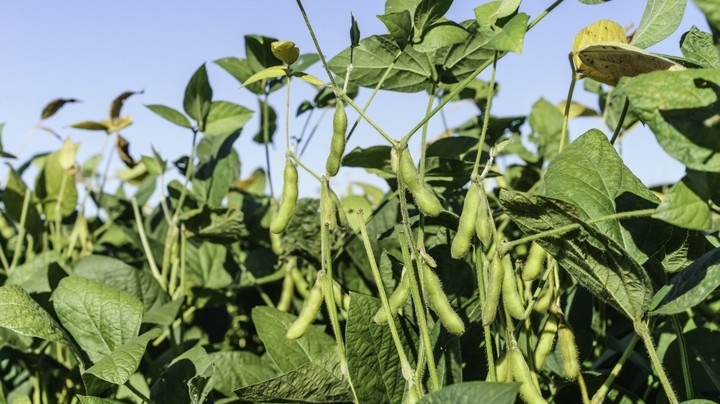Soybean futures retreated after rising under pressure from improved weather forecasts and a crop in Brazil

This week saw a fairly rapid rise in soybean quotations up to 4-5% against the background of information from the US fields about a possible decrease in the harvest, which was confirmed by scouts of the ProFarmer crop tour, who in turn noted the poor condition of the crops in the western part of the US, where the yield forecast will be lower than last year, but yesterday and the day before yesterday, quotes were down 2% under pressure from forecasts of rain and lower temperatures in the US next week.
Another factor of pressure on prices was the updated forecast of soybean harvest in Brazil.
The agency Conab increased its forecast for soybean harvest in Brazil in 2022/23MY to a record 150.4 million tons, against 126 million tons this season and the USDA estimate of 149.0 million tons.
A further increase in soybean sowing area by 3.5% is predicted, as well as an increase in yield. Soybean export forecast increased to 92 million tons versus 80 million tons in 2021/22, and higher than USDA's August estimate of 89 million tons.
November soybean futures in Chicago fell 1.8% to $525.8/t yesterday, adding 2.9% for the week as a whole. October soybean oil futures in Chicago for two sessions fell by 1.3% to $1,470/t, (+1% for the week).
Traders are locking in gains as they await StatsCan's Canadian canola production forecast report, which may show increased planted acreage compared to a May estimate of 21.4 million acres, down 4.7% from 2021, leading to a revised estimate for Canada's canola crop. .
Demand in China remains at a rather low level, so the oilseed markets remain under pressure from the increase in the supply of the new crop of rapeseed, canola and soybeans, and in September-October the pressure will increase if Brazil manages to sow planned soybean areas under favorable conditions.


